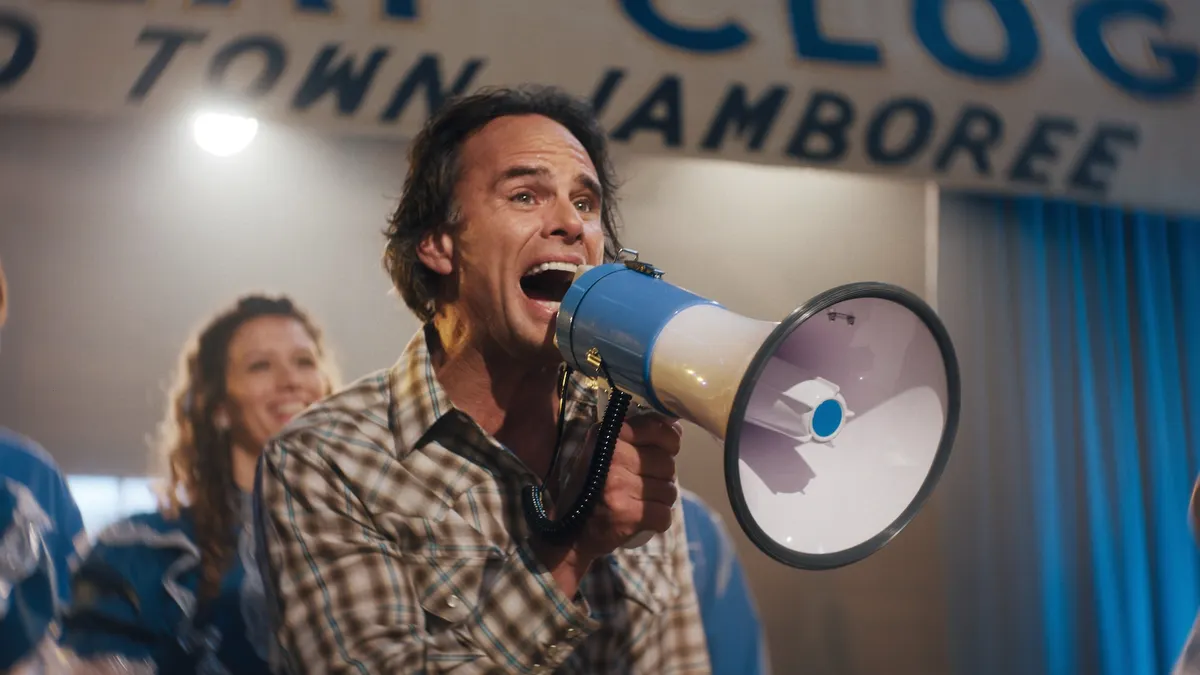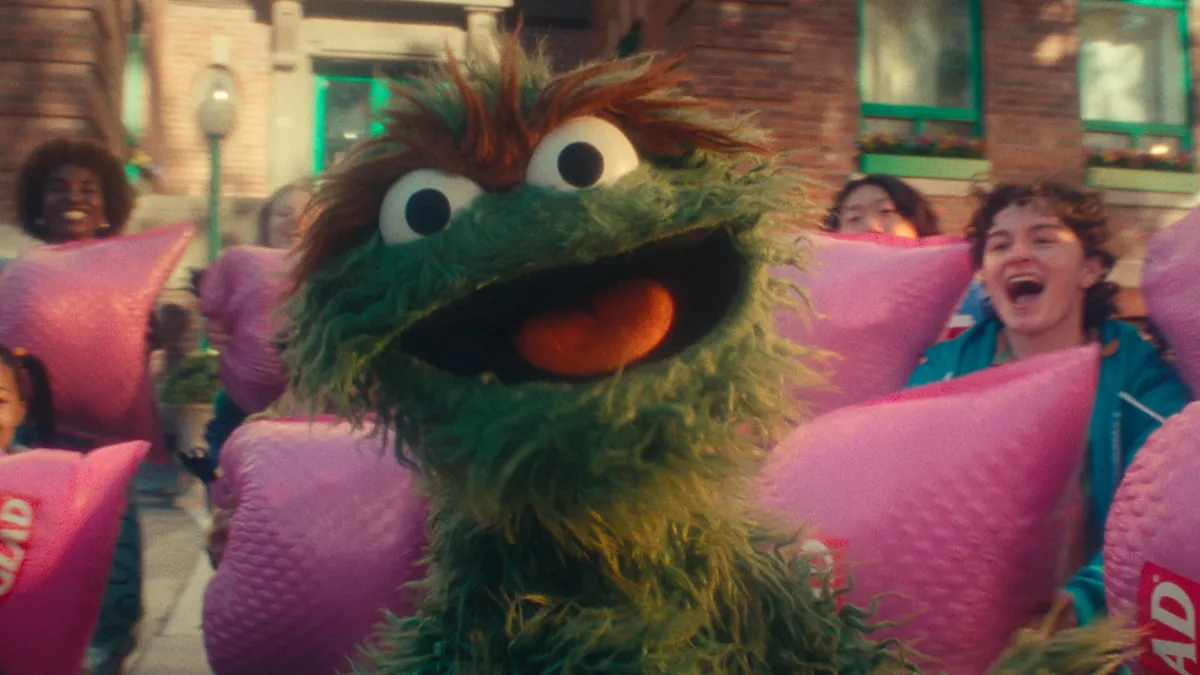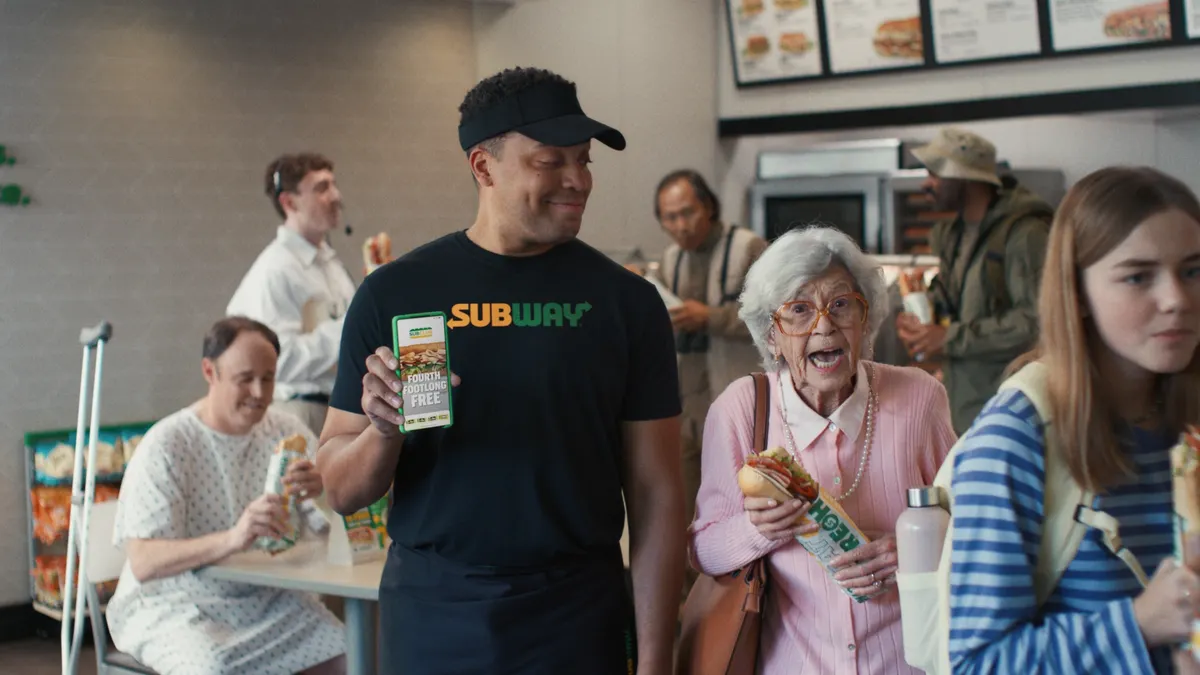For decades, snack and candy makers have filled checkout lanes with shelves of eye-catching treats to encourage last-minute purchases. But as online shopping gains mainstream acceptance, Big Food can no longer rely on a captive in-store audience — and brands are racing to find ways to capture these spontaneous buys in the digital space.
This is no small feat, as the values that drive in-store shopping behaviors can be dramatically different from online motivators. Those triggers also vary across the growing array of e-commerce shopping paths consumers can take, ranging from supermarket websites and mobile apps to pure-play e-grocery sites and direct-to-consumer platforms.
"Regardless of where the shopping trip ends, the search now begins in digital, most often in the palm of the consumer's hand," Doug Straton, Hershey's chief digital commerce officer, told Food Dive in an email. "It's clear that the way people consume our category is enduring, but the way people purchase our category is evolving."
For legacy food manufacturers, this evolution is a double-edged sword. On one hand, these digital touch points give brands new opportunities to gain consumer mindshare — Nielsen and the Food Marketing Institute predict that grocery e-commerce will be a $100 billion industry by 2025, and more than 40% of coveted millennial shoppers bought groceries online last year.
On the other hand, the internet's infinite array of trendy new food products can entice consumers away from established brands that are normally go-to's in-store.
"Regardless of where the shopping trip ends, the search now begins in digital, most often in the palm of the consumer's hand."

Doug Straton
Chief digital commerce officer, Hershey
"[Online] shoppers are just about about as impulsive as they would be in store, but they're far more open-minded to how many brands can fulfill their needs," Jordan Rost, vice president of consumer insights at Nielsen, told Food Dive. "They have so much more choice, and the ability to jump between brands has really enabled them to explore a bit more.”
In fact, Nielsen data shows that shoppers are 5% more likely to make an impulse grocery buy online than in-store. For example, snacks in categories like crackers and popcorn and chips and pretzels enjoy 14.4% and 13.7% more buys online than in brick-and-mortar formats, respectively.
This more level playing field adds another complex layer to the million-dollar question of a perfect online impulse strategy, Jared Koerten, head of packaged food research at Euromonitor International, told Food Dive.
“There is no perfect strategy at this moment. It’s a huge challenge and there are a lot of [tactics] that companies are throwing at the wall to see if they stick,” he said.
Personalized content can deliver a new instant gratification
Personalization is a play manufacturers can make across digital shopping platforms and social media channels to solve perhaps the biggest deterrent to online impulse purchases: the lack of instant gratification.
“Even with the fastest delivery we have, that’s still like a two-hour window, and that’s not even close to the [in-store impulse buy] experience,” Korten said. “When you’re looking to scratch that itch, so to speak, and want something sweet, getting it in two [hours] doesn’t really work.”
But the speed and ubiquity of the internet has also led to new kinds of consumer cravings, which manufacturers can satisfy to make the consumer's wait between purchase and delivery or pickup of their treat more enjoyable.
"A lot of people have hypothesized that people are chewing gum less and eating candy less because they're on their phones all the time. They don't have the need for distraction because it's right in their hands, and it's incumbent upon brands to... take advantage of the fact that consumers are really connected and they can be a part of that conversation," Rost said.
Though this consumer behavior is bad news for manufacturers across the indulgent snack space, the chewing gum category is particularly vulnerable. According to data from Euromonitor, global gum sales have fallen 15% since 2007, the year the iPhone debuted.
The key is finding a compelling digital substitute that delivers a sense of immediacy and excitement, Korten said. This could be providing an engaging video, a recipe, or even a related meme at checkout that consumers can share with their social media circles.
"Even with the fastest delivery we have, that's still like a two-hour window, and that's not even close to the in-store impulse buy experience."

Jared Korten
Head of packaged food research, Euromonitor International
"What we need to do is use consumer data points to create content that connects on an emotional level, that's personalized, and makes our brands easily found and bought," Straton wrote. "Leveraging earned media and user-generated content that evokes brand love is a wonderful way to stay top-of-mind for our fans."
Delivering substitutes like these, however, requires collaboration with retailers. They retain a great deal of control of the checkout experience in online shopping environments — and can better position their private label offerings for impulse purchases in this space.
General Mills promotes cooking videos that teach consumers how to incorporate its products into related at-home recipes on grocery sites with which it partners. This strategy could be a savvy way for manufacturers big and small to deliver the virtual food experiences consumers demand.
For example, if a shopper were to add buttermilk biscuits to his cart, a manufacturer could promote a biscuits and gravy recipe that features its branded sausage links — keeping its name top of mind and also bringing potential impulse purchases to a category that doesn't typically benefit from them. In this way, online offers a flexibility that in-store environments can't easily match.
It’s also important for manufacturers to promote creative content beyond the online checkout process in order to capture impulse spend and build brand loyalty with consumers, priming them for future digital shopping trips.
"That impulsivity has shifted to our feeds ... and to the places where we're consuming media," Rost said. "So brands really need to expand the range of places where they merchandise their products and actually communicate the benefits of their brands. Places like social media are going to be incredibly important for tapping into that sense of discovery and willingness to try new brands."
Stopping stumbling blocks
Eliminating obstacles for online shoppers can also create opportunities that lead to spontaneous food purchases.
Korten said shipping fees are perhaps the biggest barrier to completing the online checkout process — a consumer behavior that many big food brands have leveraged to promote their products.
“One of the more interesting models that I’ve seen is having the manufacturers actually pay for a delivery,” Korten said. “Shoppers are very, very sensitive to free shipping. In fact, it’s one of the biggest factors that drives online sales, and if consumers can’t get free shipping, they often abandon the purchase entirely.”
In response to this phenomenon, major food and beverage companies have promoted offers on sites like Instacart and Shipt. The brand will cover the site’s shipping fee if the consumer meets a minimum order size of its products, Korten said.
Mars has also tested a similar model with Alibaba in China, where the candy giant promotes a selection of its impulse-type products at checkout when the shopper is near the site’s minimum purchase requirement for free delivery.
“So then you for you as a consumer, assuming that you were already going to buy a package of Oreos for three or four dollars, it makes sense to add one or two more Nabisco products to get up over that $10 threshold because you would have spent $5 on shipping anyway,” he said. “For manufacturers, [covering shipping] is obviously not a massive spend for them when you look at their total promotional budget, and it helps them get more of those impulse-type items into the cart.”
Straton wrote that Hershey uses similar tactics to ensure its candy products make it into shoppers’ digital carts, often by “suggesting adding a candy bar during online checkout.”
"Shoppers are very, very sensitive to free shipping... it's one of the biggest factors that drives online sales, and if consumers can't free shipping they often abandon the purchase entirely."

Jared Korten
Head of packaged food research, Euromonitor International
Beyond making the individual sale, it’s crucial for candy and snack brands to ensure their products make it through checkout. Unlike brick-and-mortar shopping, online food purchases are heavily list-driven — a phenomenon shaped by both consumers themselves and the platforms they use to shop.
“Most online grocery orders (nearly 80%) are sourced from a combination of grocery ‘smart lists’ — algorithmically curated lists based on your previous purchases and behavior — and search. Being on the list is critical,” Straton wrote. “Once that consumer buys one of our snacks, it’ll likely stay on their pre-loaded list for the next purchase — and we move that unplanned 'impulse' purchase into a planned one.”
Besides providing perks like waived shipping fees, manufacturers also need to ensure that they are one of the first brands to appear when consumers search for a related product, whether it be on social media, Google or a grocery platform.
“The way you master search in the digital world is with optimized content," Straton wrote. "Hershey breaks down content into three buckets: branded content, enterprise content (i.e. ingredients and user-generated content… [and we] are collecting, managing and deploying all three types of content to optimize search and our digital shelf presence. In modern retail, we know that digital is the first trip, so if you don’t merchandise the digital shelf correctly, people may choose not to shop with you in the digital or physical store.”
Meeting consumers where they are
As convenience-focused services like Instacart and supermarket click-and-collect programs blur the line between brick-and-mortar and digital commerce, food companies have had to find new ways to intercept the consumer before they reach checkout.
“We have moved away from seeing brick-and-mortar and online as bifurcated shopping experiences. The reality is that grocery shopping today occurs in one holistic retail ecosystem where brick-and-mortar and online are inextricably linked,” Straton wrote. “We are now focused on gaining a better understanding of the shopper needs based on the fulfillment models through which they choose to receive their goods.”
These models include grocery delivery, direct-to-consumer platforms and grocery pick-up, which Korten said is a particularly tough cycle to break into because the consumer often never has to leave their car to collect their purchases.
But if shoppers are placing their click-and-collect orders through a grocery app, location-based technology could help manufacturers create a controlled environment similar to in-store checkout lanes within the consumer’s vehicle.
"[Technologies] like Walmart Grocery Pickup and other programs like this use GPS location within your smartphone app to notify Walmart that you’re there, and they send someone out to drop off your order,” Korten said. “Some manufacturers have talked about sending a notification at that point through apps saying ‘We see you’re here for your order. An associate will be out in just a minute or two. In the meantime, would you like us to throw a Reese’s Peanut Butter Cup in your bag?’"
“We have moved away from seeing brick-and-mortar and online as bifurcated shopping experiences. The reality is that grocery shopping today occurs in one holistic retail ecosystem where brick-and-mortar and online are inextricably linked."

Doug Straton
Chief digital commerce officer, Hershey
As grocers and e-tailers have introduced product collection lockers to the click-and-collect purchase path, manufacturers have worked to transform these into a physical touch point for their impulse-category products.
Last year, Hershey partnered with Peapod to develop a click-and-collect locker that also served as a vending machine for branded candy and snacks. The strategy ensures that even if a consumer passes up a potential impulse buy when he checks out online, he can be tempted once more when he collects his groceries in person.
These kinds of partnerships also give Big Food a chance to emulate the monopoly they have on checkout-lane shelves. In purely digital contexts, trendy upstarts stand a better chance of capturing last-minute consumer spend, so long as they can invest in marketing and a value proposition that rivals mainstream players. But when it comes to store fulfillment models like click-and-collect, legacy brands have the upper hand.
“Some of these [small] brands have struggled because when you get into ship-to-store, you’re still limited to what’s on the shelf, so the number of options is much smaller,” Korten said. “So the big brands actually do better within the click-and-collect type models because they have less competition from smaller, niche startups that can more effectively compete through an online pure-play platform."






















